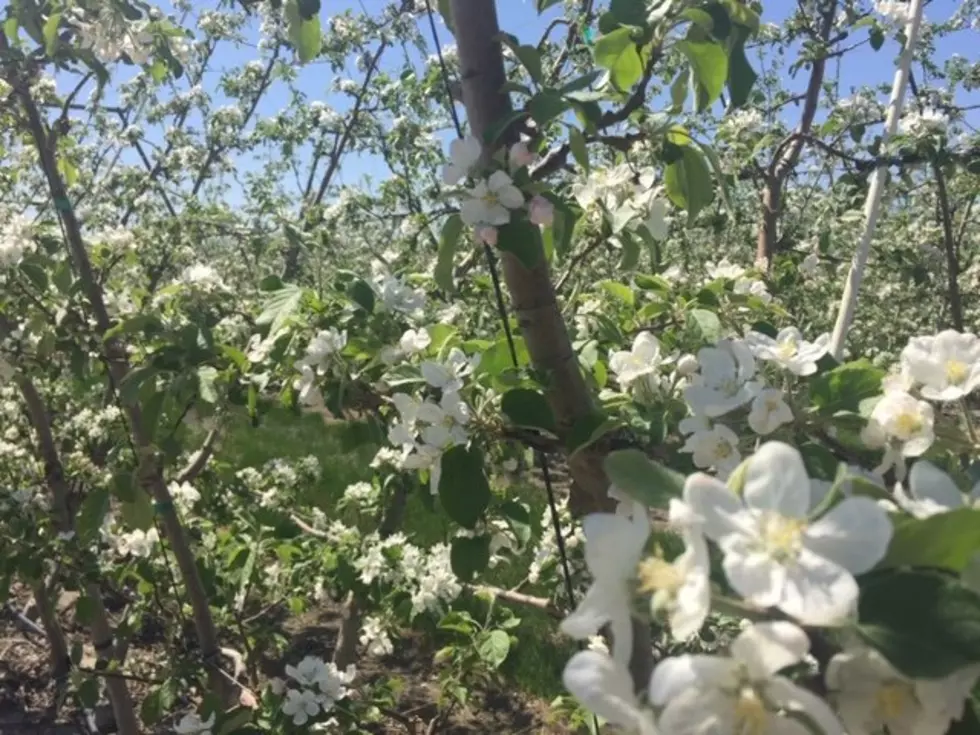
Student Researcher Continues To Look For Roots of Apple Resistant to Fire Blight
Research at WSU Tree Fruit Research and Extension Center near Wenatchee is focused on bacteria that can wipe out an entire Northwest apple orchard in a single season. Fire Blight was named for the crooked, blackened branches it leaves behind. Growers currently depend on antibiotics to keep the fire blight bacteria away, but unfortunately it is only a matter of time before the antibiotics won’t work. To prepare for that time, student research Sarah Kostick says Fire Blight can be transferred through flowers and wounds of the shoot. And she said that reliance makes Fire Blight very hard to fight.
“What we’re really interested in is the fact that that bacteria can move into the shoots and cause structural damage to the tree and even tree death, depending upon the susceptibility of the individual. And it hasn’t been a huge issue until relatively recently, because older varieties, specifically Delicious, are more tolerant.”
Kostick said they can’t pinpoint at this time why some varieties are susceptible to Fire Blight while others are able to fend it off.
“You tend to see higher susceptibility in younger trees, in younger orchards which may indicate that it’s more of a vigor issue, but we don’t really know why a certain variety is more potentially resistant an another variety is more susceptible.”
Kostick said small outbreaks struck the state of Washington annually, but significant damage was reported in 2015, 2016 and 2017. Nationwide, the disease costs apple growers about $100 million a year.
If you have a story idea for the Washington Ag Network, call (509) 547-1618, or e-mail gvaagen@cherrycreekradio.com
More From PNW Ag Network








